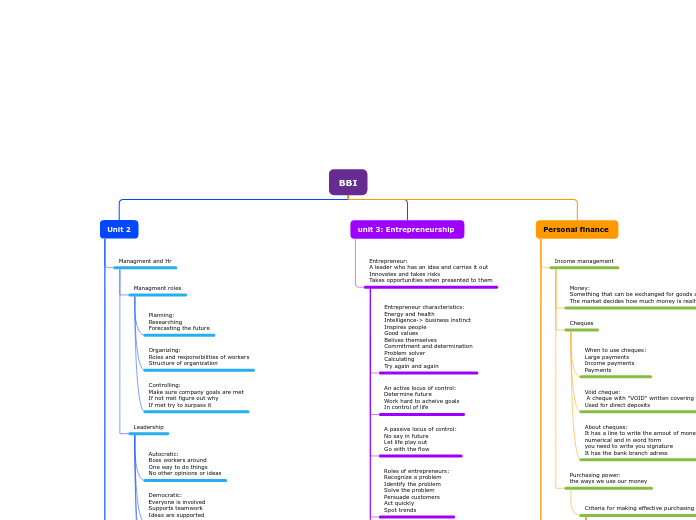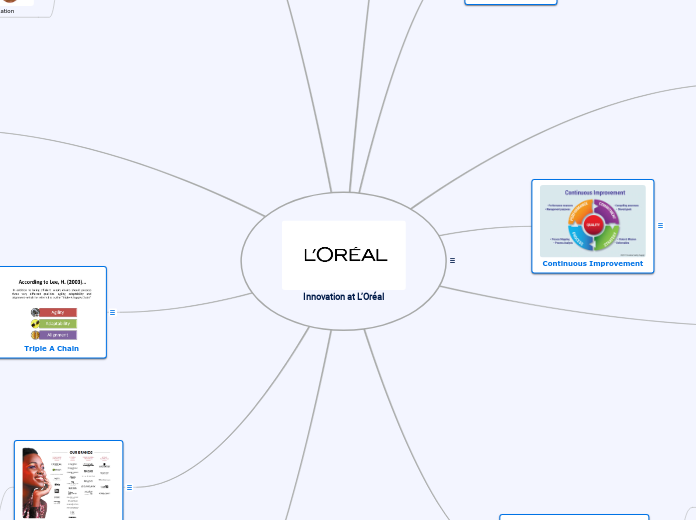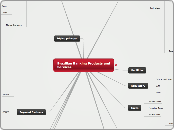BBI
Personal finance
Budgeting:
A plan for saving money and smart spending
Rule of 72:
72/I(Interest) = # of years to double money
Compound interest:
Interest earned on interest
Compound interest formula:
PV(Present value) x R(Interest rate) x T(Time) = I(Interest)
Variable expenses:
Expenses that aren't set
Food, gas, entertainment
Fixed monthly expenses:
Bills
Income after taxes:
Amount of money you have after taxes every month
Components of a budget:
Revenue
Expenses
Preparing a personal budget:
1: Calculate your assets
2:Calculate what you own
3:Calculate what you owe
4:Calculate what you spend
Financial plan should include:
Saving and investing
Paying down debt
Insurance
Taxes
Retirement planning
Estate planning
Savings and banking
Types of bank accounts
Chequing account:
Meant for money you pal to use for day to day purchases
Savings account:
For setting aside money for large purchases or emergencie
Financial institutions
Credit unions:
Run and owned by members who use the bank
Sometimes charge a refundable fee to be a member
Trust companies and banks:
These make money for share holders
Deductions:
Mandatory or voluntary money taken off your paycheck
Expenses in Canada:
Utilities
Rent or Mortgage
Internet
Food
Entertainment
Net income formula:
Income-deductions= Net income
Taxes:
Anyone who earns an income is obligated to pay provincial and federal income taxes.
Graduated tax system is based on how much money you make from your income.
More taxes payed:
Hst (13%)
Property tax
Other taxes (Things like tobacco)
Voluntary deductions:
Optional deductions you voluntarily are having taken off your pay
Company pension plan
Savings
Life insurance
Mandatory deductions:
Deductions that must be taken off your pay by law
Income tax
employment insurance
Canada pension plan
Income and payroll
Payroll
Piecework:
Paid depending on the number of items you make or sell
Formula:
Money per item x Number of items(made or sold)
Comission:
Based on a percentage of the item you sell
Salary+Commision:
A small salary+a small percentage of what you sell
Formula:
Amount sold x commision percentage(decimal form) + salary
Straight commision:
You sell to be paid
Formula:
Amount sold x commision percentage(decimal form)
Hourly:
Paid per hour worked
Formula:
Hourly money x Hours worked
Overtime:
one and a half more than the normal hourly pay
Formula:
Regular hours + Overtime hours(1.5)
Salary:
Monthly-12 pay cheques
bi-weekly-26 pay cheques
weekly-52 pay cheques
Formula:
Salary/number of pay periods = Money paid per cheque
Payroll terms
Salary:
Paid the same amount without any overtime hour money
Piecework:
Paid for every time you make the item
Comission:
Paid a precentage amout based on your sales
Hourly rate:
The set amount of money you make per hour
You also get paid 1.5 x more money
per overtime hour you work
discretionary income:
Total amount of money a person earns when all basic needs are deducted
Net income:
Total money a person earns after taxes are deducted
Gross income:
Total money a person earns before taxes
Income management
Purchasing power:
the ways we use our money
Criteria for making effective purchasing decisions
Warranties and guarantees:
Warranties: provides services after-sale on a product for a certain period of time
Guarantees: A formal promise that goods or services are at a certain quality
service:
What you're paying someone else to do for you
Comparison shopping and product information:
How you compare items
compare must haves and pro's vs con's of items
Quality:
Should you pay more and get better quality goods/services
or
Should you pay less and get low quality goods/services
Buyer behavoir:
Every buyer has different needs and wants
Costs:
What are your monthly costs?
Money available:
How much money can you get?
Cheques
About cheques:
It has a line to write the amout of money,
numerical and in word form
you need to write you signature
It has the bank branch adress
Void cheque:
A cheque with "VOID" written covering it
Used for direct deposits
When to use cheques:
Large payments
Income payments
Payments
Money:
Something that can be exchanged for goods and services
The market decides how much money is really worth
unit 3: Entrepreneurship
Entrepreneur:
A leader who has an idea and carries it out
Innovates and takes risks
Takes opportunities when presented to them
Elevator pitch:
A quick persuasive speech to spark interest about
what you're doing
Innovation:
Improving on something already made
Invention:
Making something new
Roles of entrepreneurs:
Recognize a problem
Identify the problem
Solve the problem
Persuade customers
Act quickly
Spot trends
A passive locus of control:
No say in future
Let life play out
Go with the flow
An active locus of control:
Determine future
Work hard to acheive goals
In control of life
Entrepreneur characteristics:
Energy and health
Intelligence-> business instinct
Inspires people
Good values
Belives themselves
Commitment and determination
Problem solver
Calculating
Try again and again
Unit 2
Production
Factors of production
Land/natural resources/raw material
Capital
Human resources/labour
Entrepreneurship
Improving productivity
Training
Capital investment
Investment in technology
New inventory systems
Production stages
Grading:
Checking products for quality and size
Quality control:
Standards needed to be met for the product
Processing:
making one item into another
Purchasing:
Buying raw material
Accounting
Income statements
Income statement rules:
3 dollar signs
underline to end something
Double underline to end income statement sheet
Happens over a period of time
Income statement equation:
Revenue-expenses=net income or net loss
Net loss:
Losses
Revenue is smaller than expenses
Net income:
Profit
Revenue is bigger than expenses
Expenses:
Costs already paid
Product expense
Revenue:
Money earned by doing a service or selling something
Tutoring fees
Balance sheet
30 days poem
Balance sheet rules:
Total assets = Total liabilities
4 dollar signs
Underline to end something
Double underline to end the balance sheet
Assets - Liabilities = Owners Equity
On assets side cash is 1st, accounts receivable is 2nd
On liabilities side Accounts payable is 1st
Balance sheets are based on a certain time
Formula: A=L+OE
Fundamental accounting equation:
Assets=Liabilities- Owners equity
Owners equity:
Net worth
What you own - what you owe = networth
assets-liabilities=networth
Capital
Liabilities:
Debts that are owed
Something not yet payed
it is payable
Car payements
Assets:
Anything that's owned and has a money value
Cash
Boat
land
Marketing
Competition:
Producers compete with eachother to meet consumers wants
Indirect competition:
Companies competing for consumers
Subway vs McDonalds
Direct competition:
Similar products meeting the same need
Gatorade vs Powerade
Advertising media
Factors to select the medium:
Reach
Selectivity
Lead-time
Technical requirements
Cost
Cost:
The money used to make the ad
Can you get someone to promote for a low price
Technical requirements:
how difficult is the process of making the ad
Lead-time:
How much time is necessary to get the ad ready
Selectivity:
Is the selected media able to target in on the audience
Reach:
The amount of the target audience that is exposed to the message
Advertising medium:
Print advertising: Magazines, fliers
Broadcast advertising: Radio, television
Outdoor advertising: Billboards, events
Digital advertising: Internet, social media
Aida (The selling formula)
Action:
Directly tell the audience what to do
Make them decide to get it
Desire:
Make them want the product or service
Appeal to their needs and wants
Explain why they need the it
Interest:
Hold the consumers attention
Make them take their time to read over the message
Help them pick out the message
Attention:
Use something big and bold to catch people's attention
4 P's of marketing
Promotion:
Advertising the product
What can make people buy it
How people find out about the product
Place:
Location to sell product
Manufacter, Wholesaler, Retailer, Consumer
Price:
How much the product costs
Find the equilibrium
Product:
The product itself
Name and labeling
How to make it
Managment and Hr
Leadership
Maslows motivators
Reasons for demotivation:
Lack of recognition
Boredom
Criticism
Needs:
Existence needs(Basics and saftey) People work to earn money
Relatedness needs(Belonging and self esteem) Work to earn money but don't want to get to know colleagues
Growth needs(Self esteem and self actualization) Work for promotion
Growth needs motivators:
Offer support on completing tasks
Encourage thinking for themselves
Keep people informed
Relatedness needs motivators:
Show respect
Delegate responsibilities
Praise people
Existence need motivators:
Pay enough money
Good workplace
Incentives
Laisezz-Faire:
Small direction to members
Mainly independent
Advice is only given if asked
Democratic:
Everyone is involved
Supports teamwork
Ideas are supported
Autocratic:
Boss workers around
One way to do things
No other opinions or ideas
Managment roles
Controlling:
Make sure company goals are met
If not met figure out why
If met try to surpass it
Organizing:
Roles and responsibilities of workers
Structure of organization
Planning:
Researching
Forecasting the future









